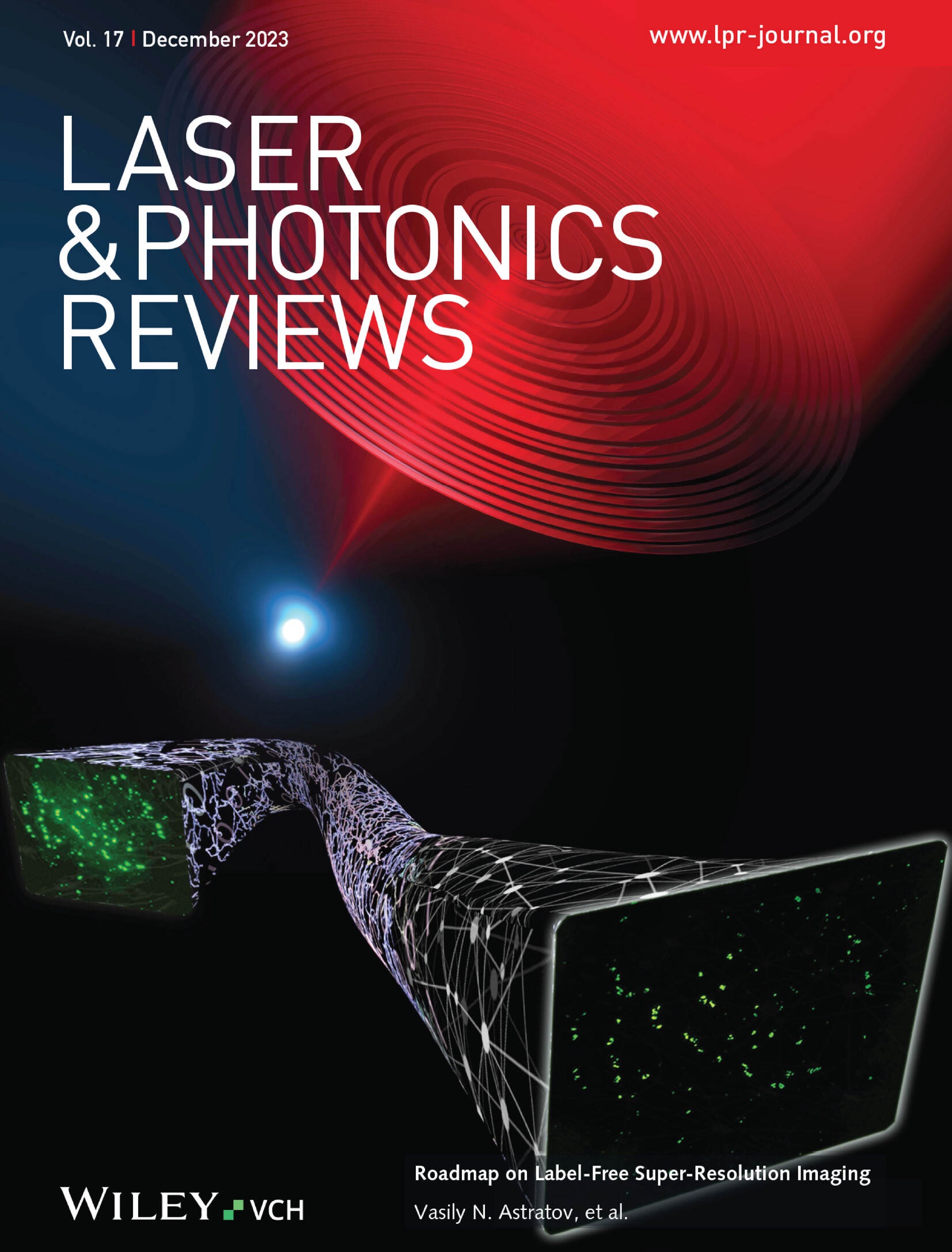Dual‐channel and Dual‐mode Imaging System for High‐performance Cancer Surgery Using Fluorescence Quantum Yield Enhanced Aggregation‐induced Emission Luminogens
IF 9.8
1区 物理与天体物理
Q1 OPTICS
引用次数: 0
Abstract
Surgical resection of the primary tumor and sentinel lymph node (SLN) biopsy remain the standard clinical treatment strategies. In vivo fluorescence imaging in the near‐infrared‐II (NIR‐II) window can image at extended depth without tissue autofluorescence, making it a promising imaging strategy for intraoperative navigation. However, the efficacy of NIR‐II imaging‐assisted intraoperative navigation is limited by the fluorescence quantum yield (FQY) of imaging agent and imaging systems. Herein, this study proposes and demonstrates a dual‐channel of NIR‐II/visible (VIS) and dual‐mode of large‐field‐of‐view (FOV)/high‐resolution imaging system along with an efficient post‐regulation strategy to enhance the FQY of NIR‐II imaging agents. The FOV and resolution could reach 91.43 × 73.14 mm and 88.39 µm, respectively. By simply tuning the ratio of inert aggregation‐induced emission luminogens (AIEgens) within binary nanoparticles (BNPs), the FQY of functional NIR‐II AIEgens is enhanced by 2.13 times, which is not achievable by conventional strategies. The enhanced NIR‐II imaging performance enabled the resection of breast tumors and intraoperative identification and dissection of metastatic SLN. The significantly improved FOV and resolution of NIR‐II imaging system opens a new avenue to boost imaging‐guided surgery.利用荧光量子产率增强聚集诱导发射发光原的高性能癌症手术双通道双模式成像系统
手术切除原发肿瘤和前哨淋巴结(SLN)活检仍然是标准的临床治疗策略。近红外- II (NIR - II)窗口的体内荧光成像可以在没有组织自身荧光的情况下进行大深度成像,使其成为一种很有前途的术中导航成像策略。然而,近红外成像辅助术中导航的效果受到显像剂和成像系统的荧光量子产率(FQY)的限制。在此,本研究提出并演示了一种双通道NIR - II/可见光(VIS)和双模式大视场(FOV)/高分辨率成像系统,以及一种有效的后调节策略,以提高NIR - II显像剂的FQY。视场和分辨率分别达到91.43 × 73.14 mm和88.39µm。通过简单地调整二元纳米颗粒(BNPs)中惰性聚集诱导发射发光物质(AIEgens)的比例,功能性NIR - II AIEgens的FQY提高了2.13倍,这是传统策略无法实现的。增强的近红外成像性能使乳腺肿瘤切除和术中识别和分离转移性SLN成为可能。NIR - II成像系统显著提高了视场和分辨率,为增强成像引导手术开辟了新的途径。
本文章由计算机程序翻译,如有差异,请以英文原文为准。
求助全文
约1分钟内获得全文
求助全文
来源期刊
CiteScore
14.20
自引率
5.50%
发文量
314
审稿时长
2 months
期刊介绍:
Laser & Photonics Reviews is a reputable journal that publishes high-quality Reviews, original Research Articles, and Perspectives in the field of photonics and optics. It covers both theoretical and experimental aspects, including recent groundbreaking research, specific advancements, and innovative applications.
As evidence of its impact and recognition, Laser & Photonics Reviews boasts a remarkable 2022 Impact Factor of 11.0, according to the Journal Citation Reports from Clarivate Analytics (2023). Moreover, it holds impressive rankings in the InCites Journal Citation Reports: in 2021, it was ranked 6th out of 101 in the field of Optics, 15th out of 161 in Applied Physics, and 12th out of 69 in Condensed Matter Physics.
The journal uses the ISSN numbers 1863-8880 for print and 1863-8899 for online publications.

 求助内容:
求助内容: 应助结果提醒方式:
应助结果提醒方式:


